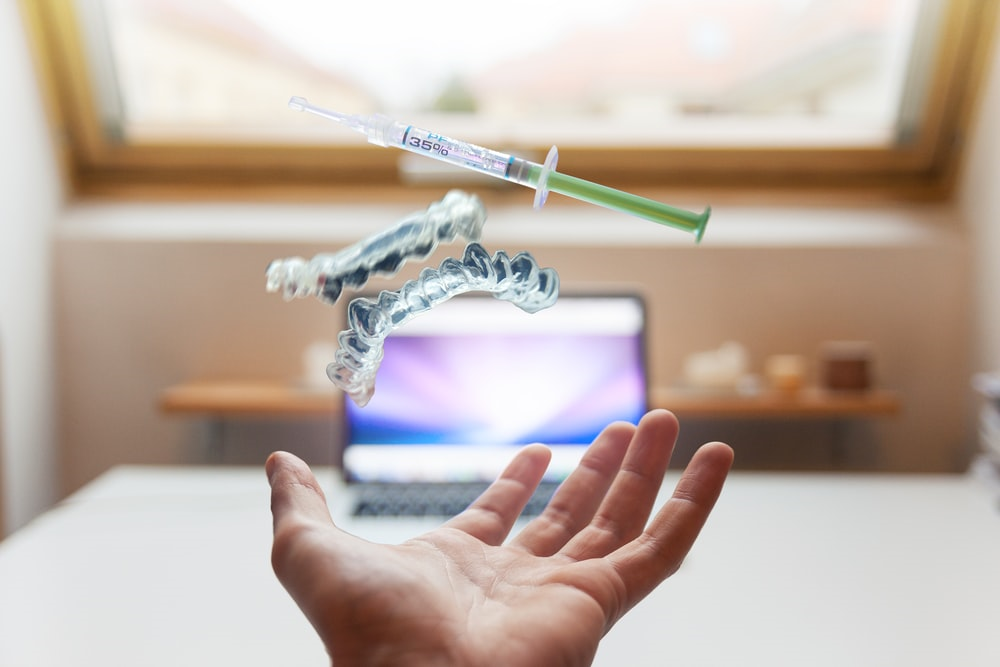
The constant march of technology has had an indelible impact on the field of medicine. Breakthroughs in areas like medical procedures, equipment, data collection, and treatments continually improve patient outcomes and provide a better quality of life.
Pranay Reddy, MD, a medical resident from Hatboro, PA, describes how technology has impacted the medical field, explaining how cutting-edge materials and procedures change medicine today.
Treatments
Thanks to medical technology, medications and other forms of treatment like vaccines are constantly advancing. Having the ability to develop new medications based on a person’s genetic code opens up a new realm of possibilities for treating and curing diseases. New drugs are being produced daily for approval around the world.
One of the most influential medical developments of the past few years is the SARS-COV-2 vaccine that helps to prevent Covid. The vaccines have dramatically reduced the death rate where they are available to the public, and they were developed at an extremely rapid rate.
Other developments that have come to the forefront include the practice of gene editing or CRISPR, used to treat serious conditions like sickle cell disease, new methods for treating heart disease, and many advancements in the treatment of cancer.
3-D Printing
3-D printing has been highly influential in the medical world. The process of 3-D printing involves creating a digital model of the item meant to be reproduced. The model is then replicated using a process called additive manufacturing.
From printing small objects that are helpful in surgery to the experimental practices of printing skin and organs, this type of technology has made it possible to improve patient quality of life.
Other applications for 3-D printing in medicine include advancements in surgical techniques, inexpensive production of surgical tools, and new developments in the creation of prosthetic limbs.
Data Collection
The smartphone and smartwatch are making impressive strides in the medical field. Using these devices, doctors can easily collect medical data from their patients at home where they are comfortable. This type of data collection works well for chronic diseases like heart arrhythmia, diabetes, high blood pressure, and other conditions, as well as helping patients track their overall health and fitness.
In addition to patients’ personal devices, many handheld and wearable devices have been developed specifically for the medical field. These devices include implantable trackers that can temporarily track patients’ heart rhythm and advanced glucose monitors.
Medical Imaging
There have been many innovations in medical imaging that have taken place over the past ten years. Medical imaging is becoming less invasive and more mobile in nature. This means that doctors can run certain tests like ultrasounds using only a handheld device attached to a smartphone.
Tests like MRIs, CAT scans, and others have advanced and produced more accurate results. The rise of 3-D technology in the imaging field helps doctors fully visualize the site of surgeries, understand how organs, like the heart, work, and provide patients with more education about their conditions.
Big Data
With new scanning and data collection methods, a massive influx of information has come that needs to be analyzed and stored. Big data and machine algorithms have a significant impact on the medical community.
Using computerized analysis of healthcare data, artificial intelligence systems can make human-like judgments in a much shorter period of time by viewing the evidence and making connections. This is especially helpful in treating cancer and other systemic diseases.
Symptom and Disease Research
According to Pranay Reddy MD, disease mechanisms are much better understood today than they have been at any time in the past. Doctors and scientists are continually breaking new ground for understanding the most catastrophic diseases, like heart disease and cancer.
Doctors are beginning to understand more of the genetic and environmental triggers that cause disease, together with the consequences for the body as a whole. This means they can step in at earlier stages and achieve better treatment results. Their ability to understand how diseases work is saving lives.
Assistive Technology
There have been many exciting developments in assistive technology as well. Assistive technology is meant to help patients with disabilities cope with daily challenges. Mobility aids, hearing aids, cognitive aids, and computer hardware and software have developed highly.
The March of Medical Technology
Pranay Reddy MD underscores the importance of advancing medical technology. It will be easier to treat trauma victims and people with dangerous diseases in the future. Using new tools like gene editing, advanced vaccine development, 3-D printing, and assistive technology, physicians will enhance all patients’ quality of life.
Pranay Reddy MD believes that all patients and physicians should keep track of the newest developments in medicine. Patients may want to research the hospitals where their diseases are treated to ensure that procedures and equipment are on the cutting edge of technology.